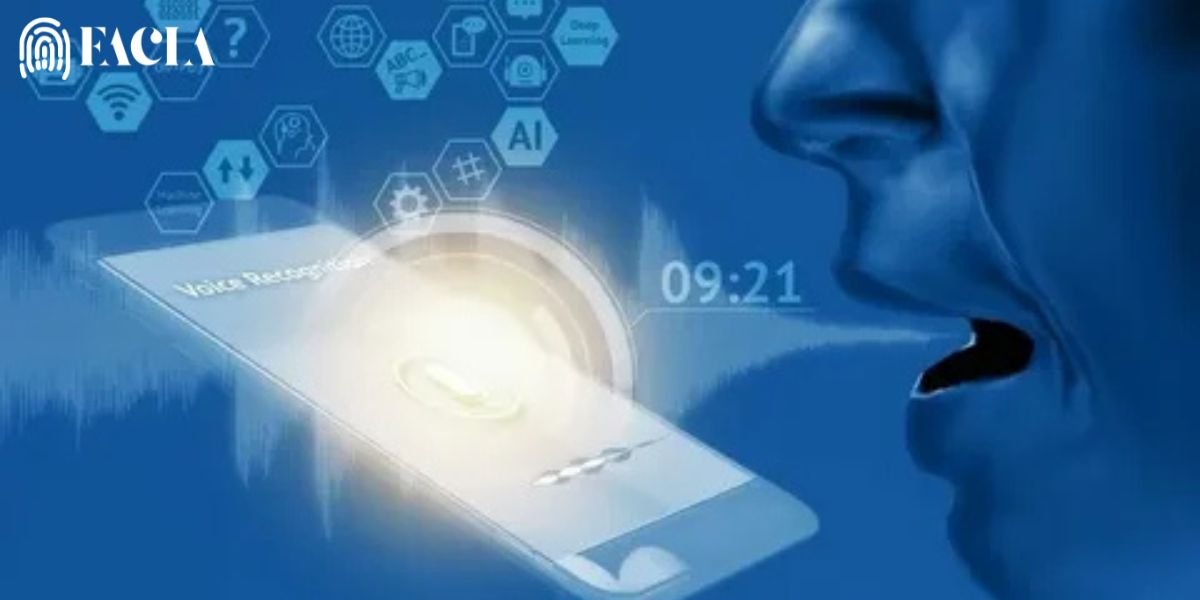Voice Recognition Technology has become increasingly prevalent in our daily lives, from dictating texts to controlling smart home devices. But what are the real benefits of this technology? Let’s explore the advantages that make voice recognition such a powerful tool.
Increased Efficiency and Productivity:
One of the most significant benefits of Voice Recognition is its ability to boost efficiency and productivity. Instead of typing, you can dictate emails, documents, or messages at a much faster pace. This is especially helpful for tasks like:
- Transcription: Converting audio or video recordings into text quickly and accurately.
- Note-taking: Capturing ideas and information hands-free, whether in a meeting or on the go.
- Data entry: Inputting information into forms or databases more rapidly.
Enhanced Accessibility:
Voice recognition offers invaluable assistance to individuals with disabilities that may limit their ability to use traditional input methods like keyboards or touchscreens. It allows them to interact with technology more easily, fostering greater independence. For example:
- Individuals with motor impairments: Can control devices and navigate interfaces using voice commands.
- People with visual impairments: Can use voice feedback to interact with applications and access information.
Improved Hands-Free Interaction:
In situations where using your hands is impractical or unsafe, voice recognition provides a safe and convenient alternative. This is particularly beneficial in:
- Driving: Making calls, sending texts, or navigating without taking your hands off the wheel.
- Healthcare: Doctors and nurses can dictate notes and access patient information hands-free, maintaining hygiene and efficiency.
- Manufacturing: Controlling machinery or accessing information in environments where using a keyboard or mouse is difficult.
Greater Convenience and User Experience:
Voice recognition can simplify everyday tasks and make technology more intuitive to use. Consider these examples:
- Smart home control: Adjusting lights, thermostats, and appliances with simple voice commands.
- Virtual assistants: Using Siri, Alexa, or Google Assistant to set reminders, play music, or answer questions.
- Voice search: Finding information online quickly and easily by speaking your query.
Learning and Language Development:
Voice recognition can also be a valuable tool for language learning and development. It can help individuals:
- Improve pronunciation: By providing feedback on their speech.
- Practice language skills: Through interactive voice-based exercises.
- Learn new languages: Using voice recognition to translate words and phrases.
What are the Drawbacks?
While voice recognition offers numerous benefits, it’s important to acknowledge some limitations:
- Accuracy: Voice recognition systems are not perfect and can sometimes misinterpret speech, particularly in noisy environments or with strong accents.
- Privacy concerns: Data collected by voice recognition systems may raise privacy issues for some users.
- Dependence on technology: Over-reliance on voice recognition can sometimes hinder the development of other skills.
Conclusion:
Voice recognition technology offers a wide range of benefits, from increasing efficiency and accessibility to improving convenience and user experience. While there are some challenges to overcome, the advantages of voice recognition make it a powerful and transformative technology that continues to evolve and improve. As the technology advances, we can expect to see even more innovative applications and benefits emerge in the future.
Sources and related content.
https://www.remesh.ai/resources/voice-recognition-technology-consumer-buying-behavior
https://www.getac.com/intl/blog/how-voice-recognition-improves-safety-and-efficiency/
Read More:





